
Makar Sankranti at Maha Kumbh 2025 : A Festival Beyond Time, A Moment Beyond Life
The Voice of Chandigarh News:
As dawn approached on Makar Sankranti, the festival that marks the end of winter and indicates the beginning of warmer days, the banks of the Triveni Sangam in Prayagraj became a scene of divine splendor. The first Amrit Snan (holy dip) of Maha Kumbh 2025 commenced on the auspicious occasion of Makar Sankranti, drawing millions of devotees and saints to the sacred confluence of the Ganga, Yamuna, and the Saraswati, who braved the cold for a holy dip. Over 3.5 crore devotees took a dip in the holy Sangam during first Amrit Snan, taking total number of devotees to over 5 crores in first two days. This profound act of faith, symbolizing purification and blessings, reflected the essence of Indian culture and tradition.



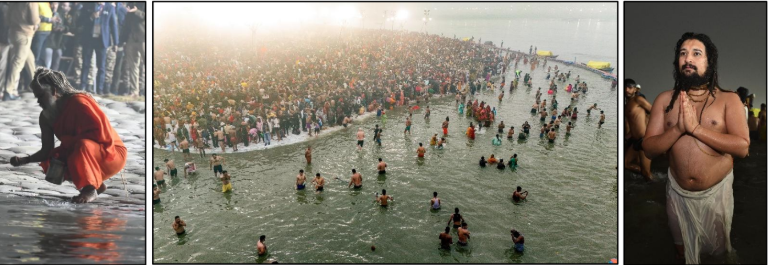
Devotees prayed for purity and prosperity while taking the holy dip. Many offered Arghya to the sun, seeking blessings for virtue and salvation, as Makar Sankranti is dedicated to the Sun God. Scientifically, this festival marks the Sun’s transition to the northern hemisphere, signaling longer days and shorter nights. After the holy dip, devotees performed rituals and offered prayers at the ghats, presenting sesame seeds, khichdi, and other sacred items. Devotees also participated in the Ganga Aarti. Upholding tradition, they also engaged in charity, donating sesame seeds and khichdi, deepening the festival’s sanctity.
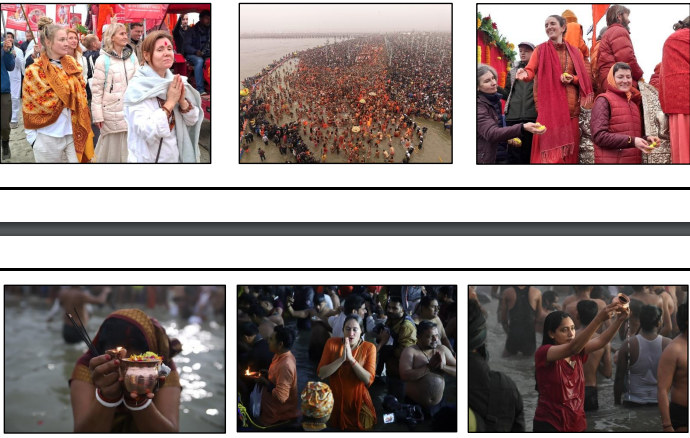
Sudarshan, a citizen of the United States of America hailing from California, expressed his reverence for the Kumbh festival. He said, “I came six years ago at the Ardh Kumbh and I had a very important experience here. So, I have come back to this Maha Kumbh mela because this is a very special opportunity to connect with some energies that you won’t get anywhere else, and so I have come here to pay my respects and ask for the blessings to continue my life path.” There are multiple such stories of people finding their spiritual awakening in the festival of Kumbh.

The Maha Kumbh is no ordinary festival. It is a phenomenon that transforms the banks of the Triveni Sangam into a living tapestry of faith and divinity. From the Brahma Muhurta, when the first rays of sunlight touched the waters, to the depths of the night, an unbroken stream of devotees flowed, each seeking purification and blessings through the holy dip. The cold of January seemed insignificant against the warmth of collective devotion.

Amidst this gathering of millions, the spectacle of the Akharas was particularly striking. Naga Sadhus of Panchayati Akhada Mahanirvani performed the Amrit Snan in royal grandeur. Adorned with spears, tridents, and swords, they moved through the throng in a procession that was nothing short of majestic. Mounted on horses and chariots, their ascetic forms exuded a spiritual energy that captivated onlookers. As bhajan troupes sang hymns and devotees chanted “Har Har Mahadev” and “Jai Shri Ram,” the air vibrated with a divine rhythm.
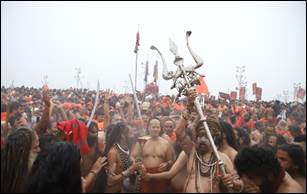
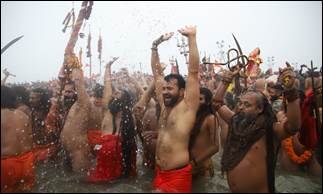
Families added another layer to this rich mosaic. Fathers hoisted children onto their shoulders to give them their first glimpse of the sacred confluence. Sons guided their elderly parents through the crowded ghats, ensuring they, too, could partake in the holy waters. It was a living testament to the enduring values of Indian culture—a blend of reverence, duty, and unity.
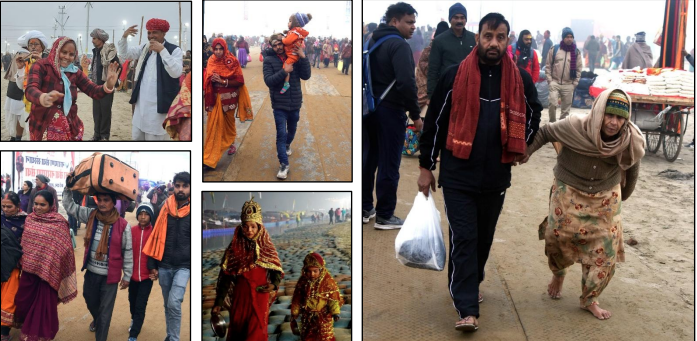
The sheer diversity of the pilgrims—speaking different languages, wearing varied traditional attire, and carrying unique cultural practices—created a breathtaking harmony. This unity amidst diversity is one of the Maha Kumbh’s most profound aspects. It is here that India’s cultural and spiritual heritage comes alive, with saffron flags of the Sanatan tradition flying alongside the tricolor, symbolizing the country’s unity and integrity.
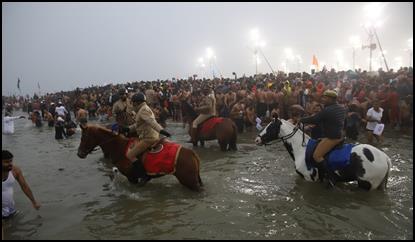
The administration’s meticulous planning ensured that the Maha Kumbh remained peaceful and well-organized. Barricades lined every road leading to the Sangam, and thorough checks were conducted to maintain safety and efficient crowd management. Police and security forces patrolled the fair area, their presence a reassuring sight for pilgrims navigating the vast expanse of Maha Kumbh Nagar. The fair’s tranquility was further safeguarded by the efforts of volunteers who guided devotees with compassion and efficiency.
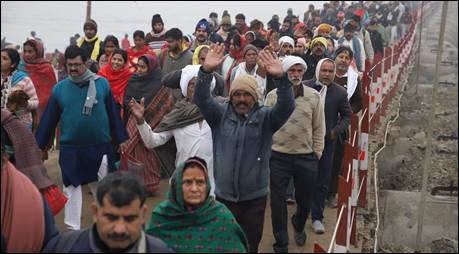
For many, the journey to the Sangam began long before the festival. Pilgrims, young and old, walked miles carrying bundles on their heads, driven by unwavering faith. Some began their sacred bath during the night itself, braving the chilling waters under the starlit sky. As the sun rose higher, the Nagvasuki temple and Sangam area became focal points of devotion. Elderly devotees, women, and youth gathered to offer prayers and partake in the holy rituals.
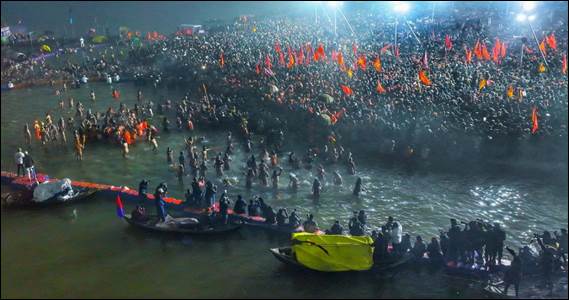
Maha Kumbh is a reflection of Indian heritage and spirituality. The Amrit Snan on Makar Sankranti is seen as a way to invite blessings and positivity into life. By taking a dip in the holy Sangam waters, devotees believe they can wash away sins and seek salvation.
As the day drew to a close, the Sangam’s banks remained alive with activity. Pilgrims lit diyas and set them afloat on the river, their flickering flames a symbol of hope and prayers carried to the divine. The confluence of the Ganga, Yamuna, and Saraswati shimmered in the twilight, a sacred space where heaven seemed to touch the earth. For those who journeyed to Prayagraj, Makar Sankranti at the Maha Kumbh 2025 was not merely an event to witness but an experience to live, feel, and carry within—a moment in time that bridged the earthly and the divine.
In the words of a saint, “The Maha Kumbh is not just a festival; it is a reminder of our connection to the eternal. It is where humanity’s countless threads come together to weave a fabric of divinity and unity.”
